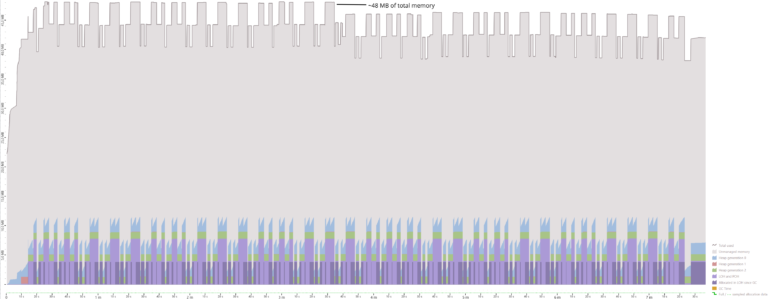Was benötige ich, wenn ich Daten nur einmalig an die Komponente übergeben möchte? Was passiert mit meinen Daten, wenn diese in der Komponente aktualisiert werden? Diese Fragen werden im Screencast beantwortet und zudem aufgezeigt, wie diese Konzepte in Angular und Blazor WebAssembly funktionieren.
Über diese Screencast-Serie
In unserer Serie stellen wir verschiedene Bereiche von Angular und Blazor WebAssembly gegenüber und vergleichen sie miteinander. .NET-Entwickler, welche bisher auf Angular gesetzt haben, finden hier eine Vergleichsübersicht von Konzepten der beiden Frameworks.
Screencast-Serie
Screencast: Blazor WebAssembly Bindings
Zum nächsten Teil: Typings in Blazor WebAssembly
Im kommenden Teil der Screencast-Serie sehen Sie, wie mit Typen in C# und Typescript verfahren wird und welche Unterschiede es hierbei gibt.









